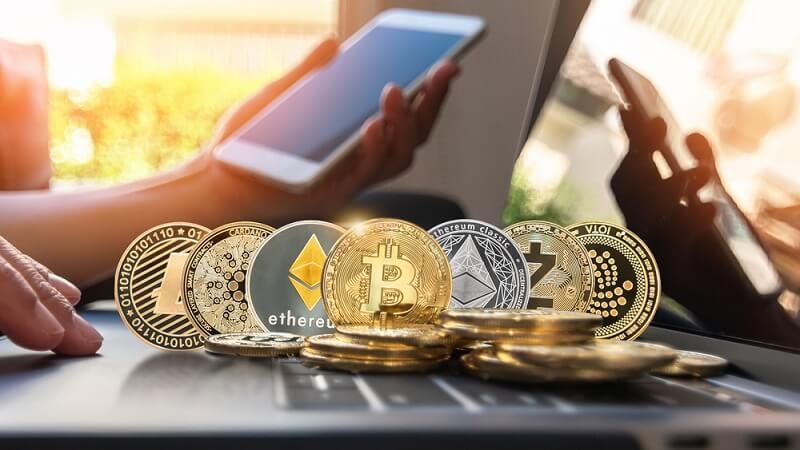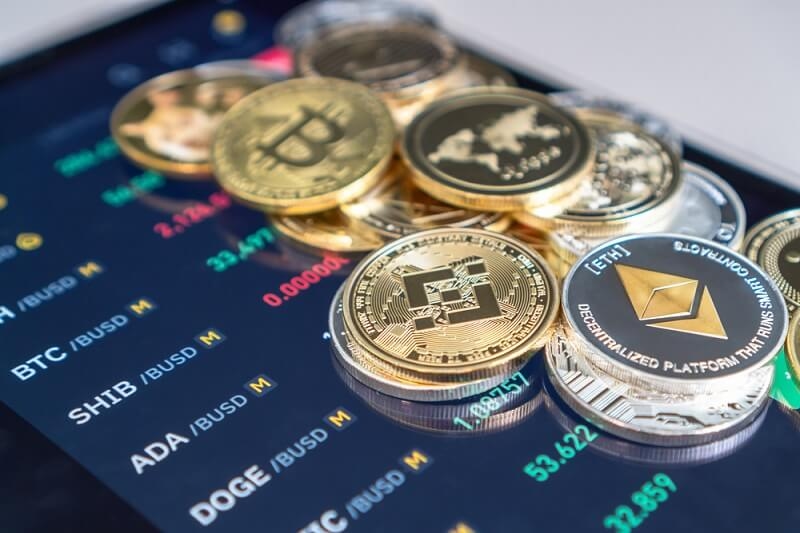
Stock markets don’t usually scream “innovation.” They’ve been around forever, full of rules, closing bells, and long settlement times. But every once in a while, something comes along that shakes the system. Tokenization is one of those shifts.
The idea is simple on paper: take a stock, mirror it on a blockchain, and let people trade that digital twin. It’s not science fiction anymore. It’s here, and it’s creeping into conversations about investing, especially in fast-moving areas like tech. Suddenly, strategies that once felt clunky are becoming faster, more flexible, even global.
So let’s talk about tokenized stocks — why they matter, what they change, and how they could reshape investing for everyday traders and big institutions alike.
Imagine you want to own a piece of a big-name company like Tesla. Normally, you’d need to buy a share on a traditional exchange, during market hours, through a broker. Tokenization flips that on its head.
A tokenized stock is basically a digital representation of that share. It still connects back to the real thing, but instead of being trapped in traditional systems, it can move on a blockchain. That means you can trade it instantly, even in fractions, and across borders without waiting days for settlement.
It doesn’t replace the underlying equity — it just mirrors it. But that mirror makes trading far more accessible.
Traditional markets have walls. Want to trade after hours? Tough luck. Want to buy just half a share instead of a whole one? Not so easy. Want to trade from a country where US equities are hard to access? Good luck navigating the red tape.
Tokenization breaks those walls down. You can trade at odd hours, buy fractions, and access shares without caring what timezone you’re in. Suddenly, markets feel more open to people who never had the same reach as large institutions. That’s why tokenization of stocks has become such a buzzword. It’s less about jargon and more about leveling the playing field.
Markets thrive on liquidity — the ease of finding someone to buy when you want to sell. Without it, prices swing wildly or get stuck. Tokens can help here too. With more participants joining in, from small investors to international traders, liquidity deepens.
For tech stocks, which already see high volumes, this extra activity could mean more stable pricing and faster reactions to market news. Think about it: a product launch in California could spark trading from Asia within minutes, without waiting for the New York Stock Exchange to open. That’s the kind of flexibility tokenization stocks bring to the table.
The tech market doesn’t sleep. News drops at midnight, announcements hit on weekends, and algorithms don’t care what time it is. Tokenized assets align perfectly with that reality.
For traders, strategies become more flexible. Want to reduce exposure in a volatile stock on a Saturday? Now it’s possible. For algorithmic systems, 24/7 access means they can keep running without downtime. It’s no wonder tech investors are some of the earliest to experiment.
Of course, more flexibility also means more responsibility. With tokenized shares, the temptation to trade constantly is real. That’s both opportunity and risk.

It’s easy to get carried away with the promise. But tokenization brings its own headaches. Regulation is still messy. In some countries, tokens are treated like securities. In others, like digital assets. Tax rules? Still catching up.
Then there’s security. While blockchain itself is hard to tamper with, the platforms offering tokens can be hacked. And unlike traditional brokers, recovery options aren’t always straightforward.
Lastly, volatility can spike. More trading hours mean more chances for wild swings. Anyone diving in needs to understand the risks before assuming it’s all upside.
Recommended Article: Top U.S. IPOs to Watch 2025: Key Listings & Market Trends
Retail investors aren’t the only ones paying attention. Big banks and financial firms see efficiency gains. Imagine cutting settlement times from days to seconds. Or simplifying cross-border trades that usually drag through paperwork.
That’s why pilots and tests are underway worldwide. Institutions are experimenting not just with stocks, but with other assets. We’re seeing early signs of the tokenization of bonds and stocks together — a vision where everything from equities to debt lives on a blockchain, instantly tradable in fractions.
If that future takes hold, portfolio management could look radically different.
Another angle here is geography. Stock exchanges are rooted in countries, with local laws and trading hours. Tokens, by contrast, don’t care where you are. A student in Nairobi, a retiree in Tokyo, and a trader in São Paulo could all trade the same asset seamlessly.
That global reach feels empowering. But it’s also messy for regulators. Whose rules apply when tokens cross borders? Which agencies enforce compliance? These questions are unresolved, and until they are, investors operate in a bit of a grey zone.
If you’re wondering why tokenization seems tied so tightly to the tech sector, the answer’s simple: tech investors are already wired for risk and speed. They follow markets in real time, trade on news, and experiment with new tools faster than most.
Plus, tech companies themselves benefit from innovation in finance. Faster liquidity, more global reach, and 24/7 access make their stocks more appealing. For that reason, many early use cases center on tech names rather than more traditional industries.
So, should you jump in now? Maybe — but only with caution. This isn’t a quick-profit game. The technology is still maturing, and regulation is still shaking out. The right approach for most investors is to watch closely, test with small amounts, and stay informed.
Think back to online trading in the 1990s. At first, it felt risky and novel. Now, it’s the norm. Tokenization could follow a similar path. In ten years, we might look back and wonder why trading ever felt limited to opening bells and full shares.
If you’re curious about where this goes, keep an eye on three areas:
Regulation. Laws will decide how fast adoption grows.
Institutional adoption. Once big banks commit, the model shifts from fringe to mainstream.
Technology. Platforms must prove they’re reliable and secure.
These will shape whether tokenization becomes a core part of finance or remains a niche experiment.
Read More: Generative AI in Finance: Compliance Meets Automation
Markets evolve slowly, then suddenly. Tokenization feels like one of those “sudden” shifts waiting to happen. It takes the rigidity of old markets and opens them up — to new hours, new geographies, and new participants.
Yes, there are risks. Yes, there are unanswered questions. But the promise is hard to ignore. Tokenization makes trading more flexible, more global, and, in many ways, more human.
The next chapter of investing may not look like Wall Street as we know it. It might look like a digital marketplace running on blockchain, where traders anywhere can access assets instantly. And when that happens, the conversation around tokenized stocks won’t just be about potential. It’ll be about reality.
This content was created by AI